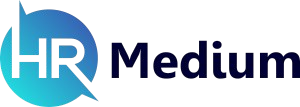When hunting for a job, it is best to find a good human resource recruiter for yourself. Why? For they are constantly in touch with the companies that need your talent. Even if you know what you need from your next company, recruiters can help you gain better chances and higher pay checks. But finding and working with human resource professionals can be a challenging task at times.
Let us make that easier for you. Here are five points you should think about when working with a human resource recruiter.
- Research
- Talk
- Take an interview
- Attention to detail
- Accept the offer
Lets learn more about them and find out their importance.
Research
If you are looking for a new job, a recruiter is a great way to help you in your search. First, you need to do your research and find a reputable company. Explore company websites, Google and Glassdoor reviews, company ratings, and social media pages. This will give you an idea of what you want to work on.
In some cases, you may not have been looking for a recruiter – they will come to you! If a recruiter is looking for a talent like you, if possible, they can contact you. In this case, you’ll still want to do your research, but it never hurts to at least take the time to hear about the opportunity.
Talk
After you have explored your options and contacted a human resource recruiter, they will want to contact you by phone. Interpersonal communication plays a crucial role in getting you what you both want.
HR recruiters will ask about your skills, what kind of work you’re looking for, where you want to work, what makes you say no to a job, and what your salary expectations are. When they ask about company preferences, it’s not just about your industry.
It’s also about your preferences for freelance or group work, whether you travel or not, what benefits are important to you, and other aspects that will help them find the right opportunity for you.
When it comes to salary expectations, your recruiter just wants to get a number to make you an offer that matches what you’re actually willing to accept and even enthusiastic about.
Take an Interview
As your recruiter gets to know you better, they may begin sending your resume to employers whose positions match your goals.
Then you have to meet the hiring manager of the company who will send you for a formal interview. Your recruiter will likely have a close relationship with the hiring manager and will be able to prepare you for the interview.
Attention to Detail
During the interview, you need to pay attention to details overall. It starts with your dressing, walking, expressions, behavior, talking, listening, and much more.
If the interview goes great, then pay attention to the details of the company that the HR manager talks about. Ask in detail what is expected from you in the job and the company. If they offer a contract or any documents to be completed, read them carefully and negotiate the terms and conditions you are not comfortable with.
Accept the Offer
If everything is checked out, then it is time for you to accept the offer. Check for the details of the company with the human resource recruiter for further clarifications and anything you’ve missed.














